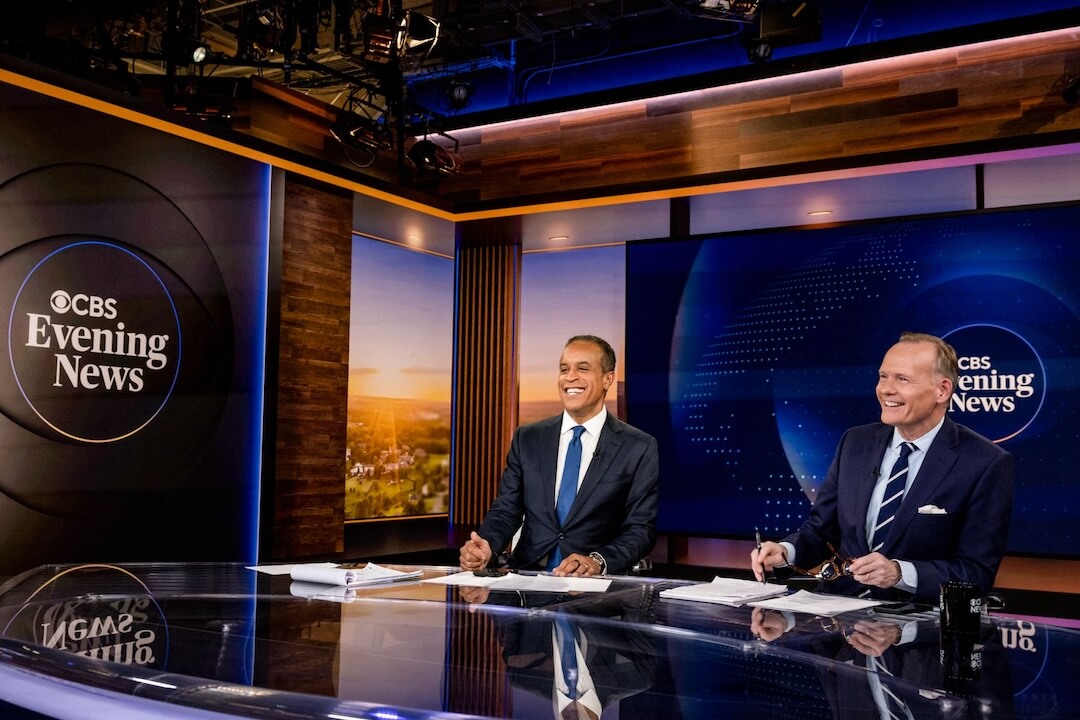Click here to launch the interactive color project
(Color, Contrast & Dimension in News Design, written and researched by Pegie Stark Adam, a Poynter affiliate in the Visual Journalism area, and designed and produced by Anne Conneen, design editor at Poynter.)
This interactive color experience is for anyone who wants to know more about color theory and how it applies to the design of news. Interactivity is built into the experience so that the viewer can click through exercises that show how we respond to color in a physiological way.
For example, the viewer is allowed to change colors in paintings and news pages to alter the meaning and mood; the viewer is taken through an exercise on after-image where it is explained through a hands-on exercise why we see green, a complementary color, after staring at red, a primary color; and the viewer is able to demonstrate on their own how changing a color’s background, or environment, can change the color’s tone, brilliance and intensity.
In addition, a variety of news pages and websites are shown and analyzed in the context of how color enhanced the meaning of a story, and how specific color contrasts created dimension within a package or page. Interactive exercises provide the viewer with an opportunity to alter the color on new pages and websites, demonstrating how a change or shift in color tone or intensity can change the entire meaning of the story, and how it can alter the spirit, power and impact of the package or page.
A segment of the interactive color experience will also include the research results from the EYE-TRAC® research that Mario Garcia and I completed in 1991. The results of that research appeared in “Eyes on the News,” a book published by The Poynter Institute. The new interactive color experience outlines the results and shows the original pages used for the research with the results of the study.
The interactive color experience was inspired by the book called Color, Contrast, and Dimension in News Design that The Poynter Institute published in 1995. That book was inspired by the Eye-Trac research mentioned above. After teaching from the book in seminars and newsrooms, I saw that people needed time to explore the various theories and concepts on their own. They needed to be able to study color from a hands-on perspective, changing color hues and tones and values of the elements on a page. The accessibility through our website and the interactivity of this color experience allows the viewer to learn more about color theory, and to give them an opportunity to experiment with various colors on real pages, all at their own pace.
Over the months we will be changing the examples of news pages and websites to keep things fresh. We invite you to send us examples of your own work with explanations of the success of the color use so that we can consider them for our continually changing gallery of work.
Click here to launch the interactive color project





